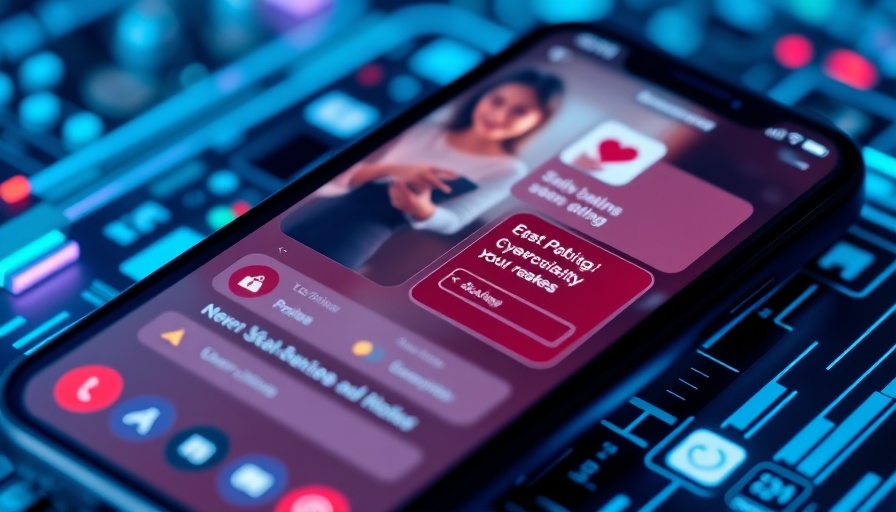
Understanding the Tea App Breach: What Went Wrong?
The recent breach of the dating safety app, Tea, has sent ripples through the online community, exposing roughly 72,000 users’ personal images. The leaked data includes selfies and ID images submitted by users, alongside content from posts and interactions. This alarming event emphasizes the inherent risks associated with platforms that prioritize user engagement over stringent security measures.
The Emotional Fallout: Implications for Users
For many users, the knowledge that their personal images may be misused brings a wave of concern. Anonymity and safety are paramount when engaging in online dating; breaches like this can cause severe emotional and psychological distress. The potential for identity theft, harassment, and extortion increases dramatically when sensitive data is mishandled, leaving many questioning their decision to engage with such platforms.
The Broader Cybersecurity Landscape: An Ominous Trend
The Tea app breach is not an isolated incident but rather a symptom of a larger pattern involving increasing attacks on digital platforms. Reports indicate a worrying trend where mobile apps become prime targets for cybercriminals. As personal data becomes more integral to user experience, the demand for robust security measures has never been greater. Cybersecurity Ventures predicts that cybercrime could cost the global economy up to $10.5 trillion in losses by 2025, underscoring the stakes in this domain.
Empowering Users: Proactive Measures to Take
In the wake of the Tea breach, users must take proactive measures to safeguard their information. This includes regularly updating passwords, using two-factor authentication, and staying informed about privacy policies and their implications. By being vigilant about the data they share, users can play an essential role in protecting themselves against potential breaches.
Charting the Future of Dating Safety Apps
The Tea incident presents a substantial wake-up call for the dating app industry at large. With the increasing prevalence of data breaches, platforms must adopt better security protocols to protect their users. Technologies like blockchain are emerging as viable solutions, offering decentralized methods to secure communications and user identities. The next generation of dating apps will need to prioritize these developments to rebuild lost trust among users.
Conclusion: Navigating Uncertainty in Digital Dating
The Tea app breach shines a spotlight on critical vulnerabilities within the dating app ecosystem, prompting developers and users alike to reconsider their security habits. As Tea works to rectify the fallout, users should remain informed and proactive in safeguarding their online presence. Understanding these dynamics not only empowers individuals but also prepares them to make informed choices about their digital interactions.
Amidst this, it’s essential to stay updated with tech news sources for ongoing insights and developments on this pressing issue.
 Add Row
Add Row  Add
Add 




Write A Comment